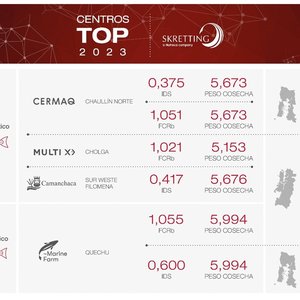U.S. feed grain supplies are projected 18 million metric tons lower at 430.8 million tons, mostly due to a production decline. Feed and residual use for the four feed grains (corn, sorghum, barley, and oats) and wheat for 2018/19, on a September-August marketing year basis, is projected at 143.6 million metric tons, 2.7 million below 2017/18. Declines were seen for corn and oats, while wheat feeding is projected to increase.
Feed grain supplies are projected 18 million metric tons lower at 430.8 million tons, mostly due to a production decline of 14.5 million tons to 369.5 million. Disappearance is 5.4 million tons lower at 385.9 million, mostly due to reduced feed and residual and exports.
Global coarse grain production in 2018/19 is projected to reach 1,341.1 million tons, up almost 2 percent, or 24.4 million tons, from the previous year. While U.S. coarse grain production in 2018/19 is projected to slip 14.5 million tons, or 4 percent from a year earlier, foreign production is expected to increase by 38.9 million tons, or by more than 4 percent.
Foreign feed and residual use of coarse grain is forecast to grow by 2.7 percent in 2018/19 to a record 687.7 million tons, generally consistent with the growth rate of just under 3 percent seen over the past two decades. In China, the largest coarse grain feeder in the world, the price structure for feed grains, particularly in the feed-deficit South, creates strong incentive for feed mills to use imported feeds.







